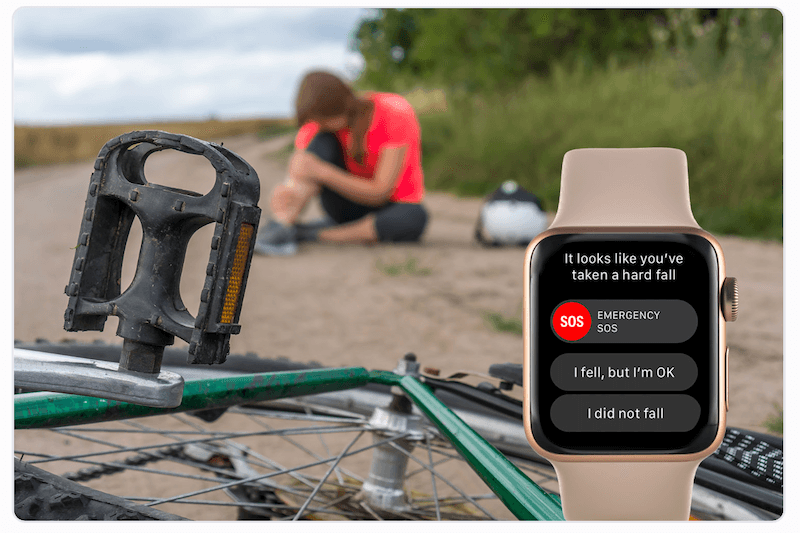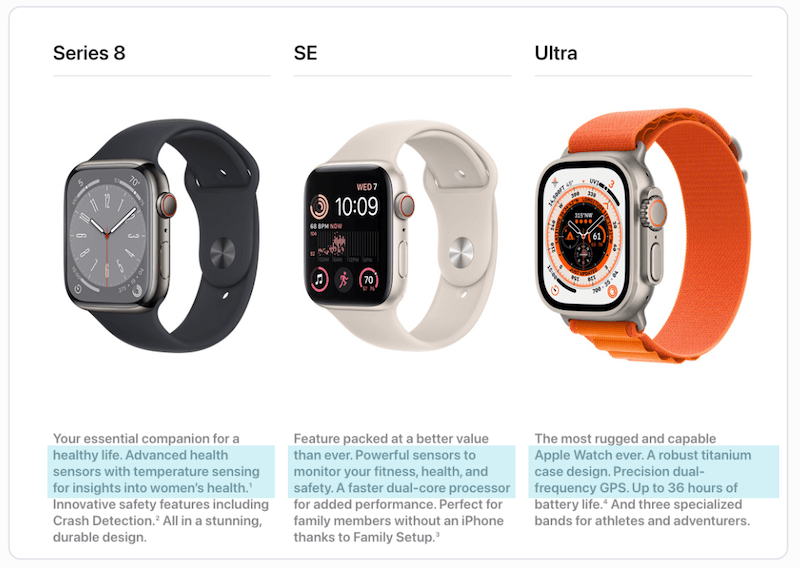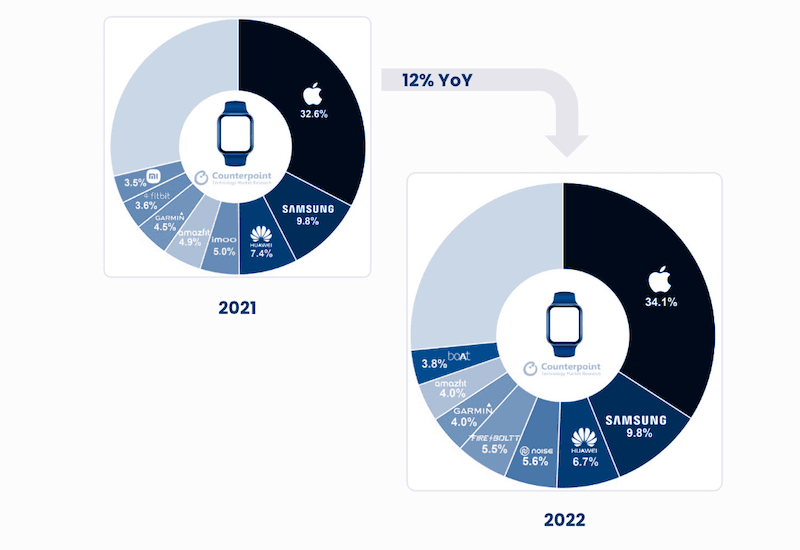Updated: May 6, 2024- 6 min read
What exactly is product positioning? And why is it so important? By the end of this article, you’ll have a clear grasp of what product positioning is and why it’s crucial for Product Marketers. Plus, explore the real-world example of Apple Watch’s positioning evolution and learn the secret to maximizing product success.
Let’s jump straight in!
What is product positioning?
Product positioning is essentially the act of defining why a particular product or service is useful for a particular audience. Positioning provides crucial context for effectively bringing a product to market and helps guide your decisions, ensuring that every aspect aligns to create a cohesive and successful customer experience.
For instance, if you were to open a restaurant, choosing the location, cuisine, pricing, ambiance, and branding all contribute to its positioning. If you wanted to market your restaurant as a luxury dining experience, you’d likely locate it in an upmarket neighborhood with an ambiance and price tag to match.
Similarly, through the lens of Product Marketing, positioning sets the stage for product development and marketing strategies by helping to frame the key benefits of your product to your intended audience and ensuring that all actions taken are done with the aim of growing your product.
Go-to-Market Certification
Create a winning GTM plan. Craft standout positioning, design messaging that sells, analyze markets, and drive post-launch momentum, all while leveraging the latest AI-first strategies.
Enroll now
Why is product positioning important?
Boosting alignment and product success: Positioning is a critical exercise to ensure that everyone - especially key stakeholders - are on the same page and working to achieve the same outcome. When internal teams are aligned, you are more likely to achieve your product goals and execute your strategy successfully.
Effectively articulate your product’s value proposition to customers: Positioning is crucial for clarity. It ensures your product is communicated in a way that resonates with our target audience and makes you stand out from the competition. In essence, it helps customers quickly understand the product's value proposition and relevance to their needs. When products aren’t positioned correctly, it’s evident in your business performance. Sales teams may have trouble closing deals and customers may not be enthusiastic about trying your products because the key benefits are not clear to them.
It’s the foundation for effective messaging: Effective positioning informs all subsequent actions that are taken to develop or grow a product, like messaging and marketing strategies.
Learn more about Product Marketing with these FREE resources!
Apple Watch and the power of evolved positioning
Now that we’re clear on exactly what product positioning is and why it’s important, let’s take a look at product positioning in action. Think about Apple Watch.
Would you describe the Apple Watch as:
a) a luxury fashion accessory
b) health and fitness app
c) robust sports tool for athletes and adventurers
Did you find it hard to choose? Do you feel more than one category applies? If so, we’re not surprised. In fact, all of the above answers are correct. Here’s why:
Apple Watch’s beginnings as a fashionable, luxury accessory
When Apple introduced the Apple Watch in 2014, their initial positioning and messaging was that it was a fashionable, luxury item with customizable watch faces in various sizes and materials, including stainless steel, aluminum, and 18-karat gold (with a $10K starting price tag).
It was available in multiple band options, allowing users to personalize their look, and boasted collaborations with luxury brands, such as Hermès, Coach and Michael Kors for specialized straps.
The watch even made an appearance on model Liu Wen, on the cover of Vogue China.

Apple Watch’s positioning evolution
The Apple Watch was initially positioned as a status symbol but its value proposition didn’t resonate with enough customers and Apple decided to discontinue it.
As of today, however, that positioning has continued to shift and grow, making the Apple Watch desirable to more than just fashion-forward clients. Over time, Apple has repositioned the watch to reach a wider, more inclusive audience.
While the watch was initially marketed as a fashionable accessory, it found a market with different use cases than initially expected:
health & fitness
emergency support
hands-free notifications

These new features helped Apple make the Watch appeal to different audiences than just the fashion-forward — which actually ended up being less interested than initially anticipated. Health-conscious & fitness enthusiasts, people with medical conditions seniors, busy professionals, and tech-savvy consumers emerged as the new target audience.
Apple Watch’s value propositions and positioning today
Today, the Apple Watch’s wide portfolio reflects the changes that have been made over the years to their positioning and their audience reach. The watch now comes in more than 3 distinct product lines positioned for different audiences with different needs. They have 3 different price points, each with their own value propositions, & unique features — which are highlighted through the messaging on Apple’s website.

As you can see from the descriptions on Apple’s website, the Series 8 targets the health-conscious or fitness enthusiasts, while the SE focuses its price point and features on senior or younger family members for added safety in case of emergencies. Finally, the Ultra targets athletes and adventurers, as well as tech-savvy customers who are looking for the best of the best - and willing to pay for it.
Apple’s effective positioning has turned Apple Watch into the dominant market leader for smartwatches
So how has this evolving product positioning affected Apple’s revenue? While there are other players in the market, Apple’s strong portfolio of offerings at different price points, with different positioning for different audiences has made it the dominant market leader for smartwatches and has added substantial growth to Apple’s ever-increasing list of products and services year-over-year.

The key takeaway? By staying agile and responsive and employing effective product positioning, companies can maximize their chances of product success in dynamic markets.
Key takeaways
Product positioning is essentially the act of defining why a particular product or service is useful for a particular audience.
Effective positioning is important because it:
Boosts alignment and product success
Helps customer quickly understand the product's value and relevance to their needs
Acts as the foundation for effective messaging
It may be necessary to adjust product positioning: If something isn’t working, part of your job as a Product Marketing Manager is to understand why and provide possible solutions to pivot. That may include identifying different positioning based on who you’re ultimately trying to convince — or by changing your product strategy altogether.
Updated: May 6, 2024




